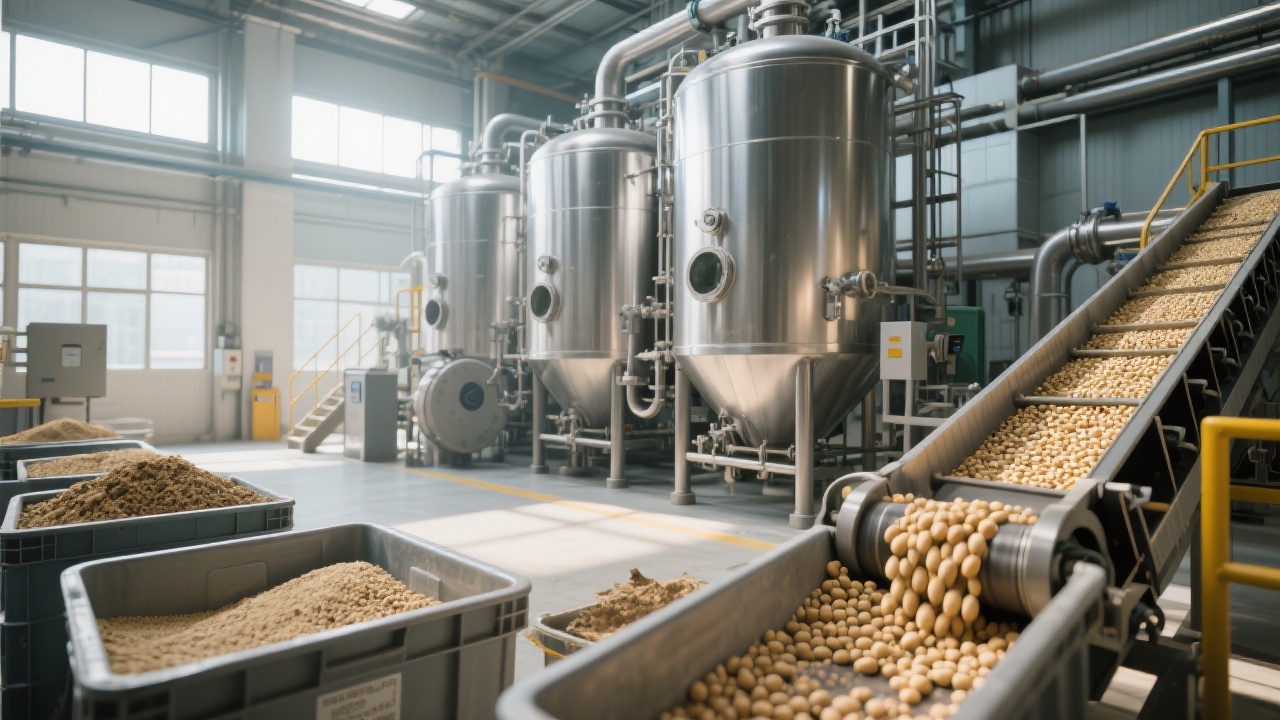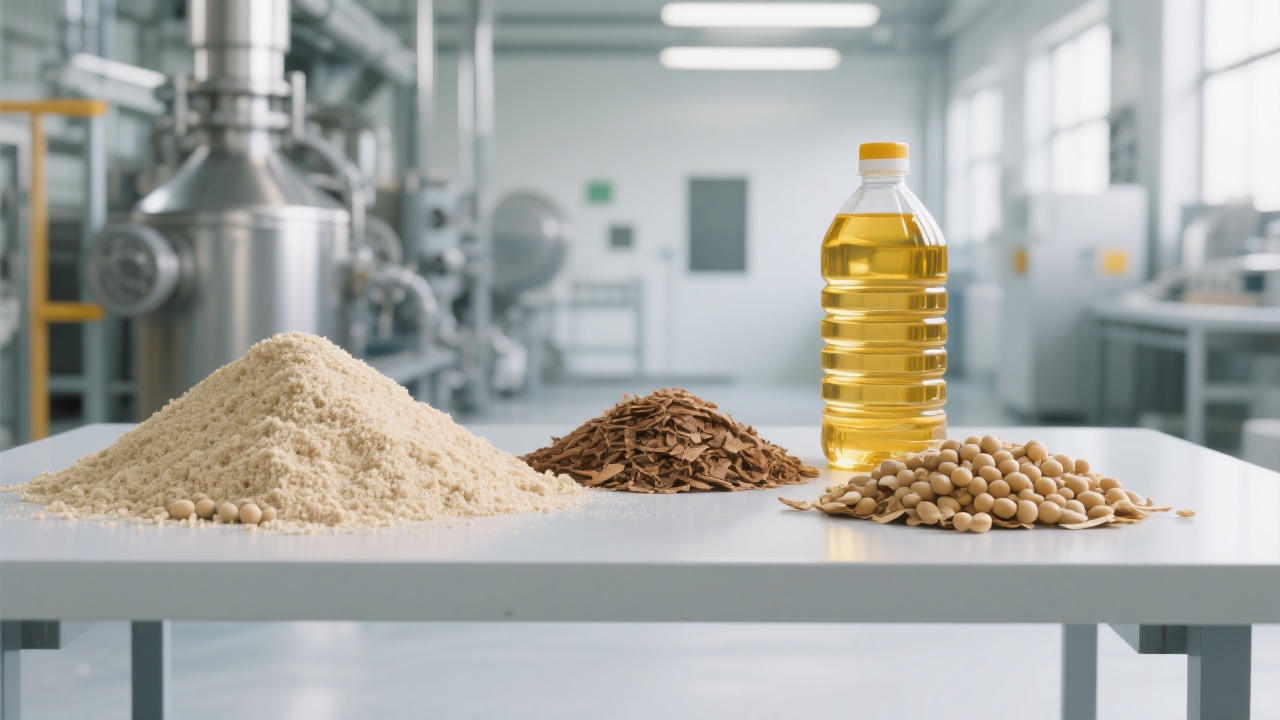
Soybean oil is one of the most widely consumed vegetable oils globally, and its production involves a series of complex processes. To meet the international export market's technical standards and performance requirements, it is crucial to understand every step of the soybean oil processing chain. This article will systematically analyze each stage, from raw material pre - treatment to the final product's packaging and storage.

Cleaning is the first step in soybean oil processing. It removes impurities such as dirt, stones, and broken soybeans from the raw materials. By doing so, it not only protects the subsequent processing equipment but also improves the quality of the final product. Studies have shown that effective cleaning can increase the oil yield by about 1 - 2%.
Crushing and dehulling are essential for improving the efficiency of oil extraction. After dehulling, the oil yield can be increased by 3% - 5%. The broken soybeans expose more oil - containing cells, making it easier for the subsequent extraction process.
There are two main methods for soybean oil extraction: solvent extraction and mechanical pressing. Let's compare them in terms of energy consumption, production volume, and environmental friendliness.
| Extraction Method | Energy Consumption | Production Volume | Environmental Friendliness |
|---|---|---|---|
| Solvent Extraction | Relatively high, mainly for solvent recovery | High, can extract almost all the oil in soybeans | Requires proper handling of solvents to avoid pollution |
| Mechanical Pressing | Low, mainly mechanical energy | Relatively low, with some oil remaining in the residue | More environmentally friendly as no solvents are used |

After oil extraction, the crude oil needs to go through a multi - stage refining process, including degumming, neutralization, bleaching, and deodorization.
Degumming removes phospholipids from the crude oil, which can improve the stability and clarity of the oil. It is usually carried out by adding water or acid to the crude oil.
Neutralization is used to remove free fatty acids in the crude oil. By adding an alkaline solution, the free fatty acids are converted into soapstock, which can be easily separated from the oil.
Bleaching uses adsorbents to remove pigments and other impurities from the oil, making the oil more transparent and improving its appearance.
Deodorization is a crucial step for improving the flavor stability of the oil. By heating the oil under vacuum conditions, volatile compounds that cause unpleasant odors are removed.
Soybean meal is a valuable by - product in soybean oil processing. It is rich in protein and is widely used as animal feed. With proper processing, soybean meal can also be used in the production of food ingredients, such as soy protein isolate.
Proper packaging and storage are essential to maintain the quality of soybean oil. The oil should be packed in clean, air - tight containers to prevent oxidation and contamination. It is recommended to store soybean oil in a cool, dry place away from direct sunlight. The storage temperature should be controlled between 10°C - 20°C to extend the shelf life of the oil.

Mastering these key technologies in soybean oil processing can help you improve oil quality, production efficiency, and meet international export standards, allowing your factory to stand out in the competition. Whether you are an engineer, a manager, or a procurement officer, choosing the right equipment and optimizing the process are crucial for your success. Are you ready to upgrade your soybean oil processing plant? Click here to learn more about our high - performance soybean oil processing equipment!
We would love to hear your thoughts. Do you have any questions or experiences related to soybean oil processing? Leave a comment below!

